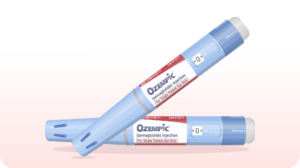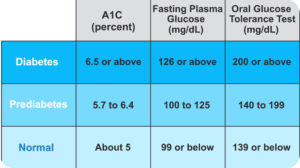The best chance of curing any case of skin cancer lies in early detection. Although that can mean a skin check in your doctor’s office, you can do even more between visits. Unlike some other forms of the disease, skin cancer is often all too apparent and readily detected if you know what to look for and inspect your body’s largest organ carefully. That’s why the American Academy of Dermatologists recommends regular home self-checks.

The more you look, the more familiar you’ll become with your body and the normal marks on your skin. Performing a skin self-check monthly will give you a good baseline visual sense of what’s “normal” for your skin, and what looks abnormal.
In any case, you should look for more than just the obvious misshapen, overlarge, and fast-growing mole. Check for any area of discoloration, especially those with irregular margins. Look for translucent, waxy bumps, especially if they’ve appeared spontaneously and seem to be growing. Scaly areas can be caused by several disorders of the skin, but can also be a sign of skin cancer (and other types of cancer). Be alert to any stimuli that might have triggered the irritation, and be on alert if there doesn’t appear to be a cause. If the skin is oozing or particularly discolored, your concern should be heightened. Red or purple lesions can also be symptoms of other conditions as well as something as something as simple as an insect bite. However, if the area of skin has been covered and protected for a long period (such as the upper arms in winter), any unusual area may be more problematic. Keep in mind that many marks on the skin resolve almost as quickly as they appear. If an area of concern persists, it’s worth scheduling a doctor’s visit.
The Skin Self-Exam, Step by Step
This is a serious self-exam, checking for the most deadly of diseases. That’s a good reason to take your time and be thorough. Many people find it easiest to do a skin self-exam right after a bath or shower, because you’re already naked and you’ve likely removed any small areas of dirt or grime that might be mistaken for a skin anomaly.
Specifically, look for anomalies, such as one-half of a spot being different color; irregular borders around moles or spots; varying color; any spot more than 6mm in diameter (larger than a pencil eraser); or any fast-changing spot.
- Top to bottom. Stand in front of a full-length mirror, and slowly scan your skin from forehead to feet. Include your arms in the scan. Turn around and repeat the process for as much of the back of your body as you can see, from your neck to your heels.
- Limb check. Bend your elbows and look closely at your forearms and palms. Look closely between your fingers. Raise your arms and check both underarms.
- Take a seat. Sit down and closely inspect your lower legs, knees, ankles and the front and back or your feet and calves. Check between your toes.
- Go handheld. Use a hand mirror to check your neck and scalp, and inspect your butt and lower back, as well as other areas you may not have seen clearly in the full-length mirror.
It’s wise to do a skin check on the same day every month, which will make it more likely that you’ll remember it. For more on protecting your skin from UV rays and other sources of potential damage, check out the American Cancer Society’s website.







